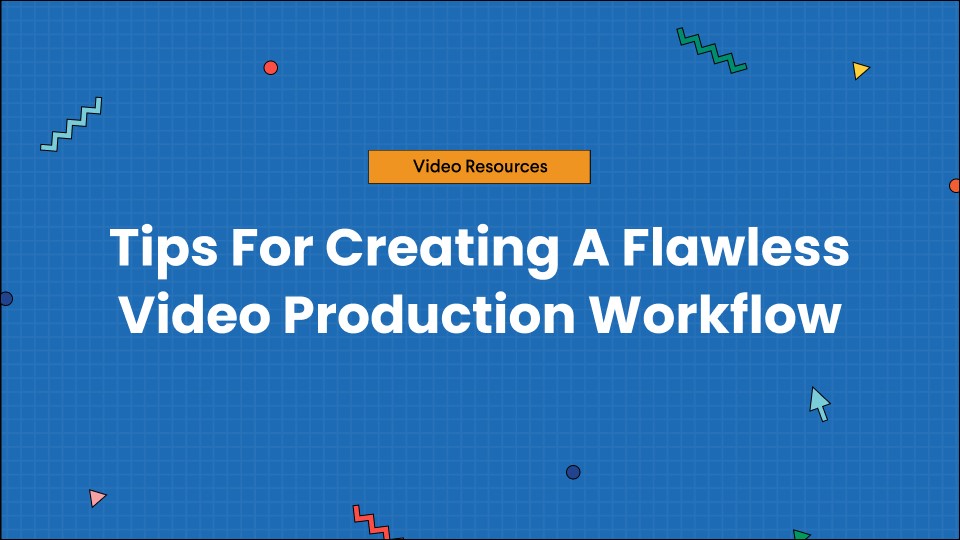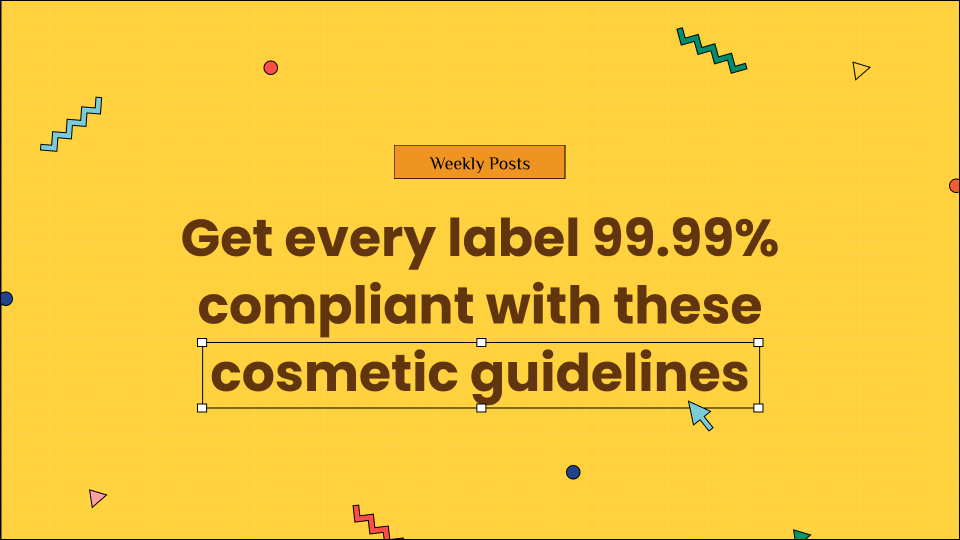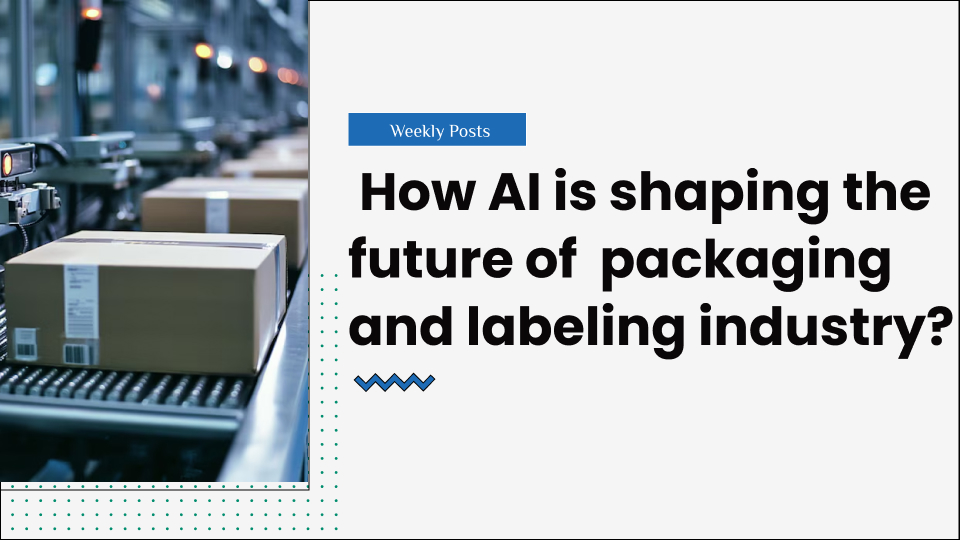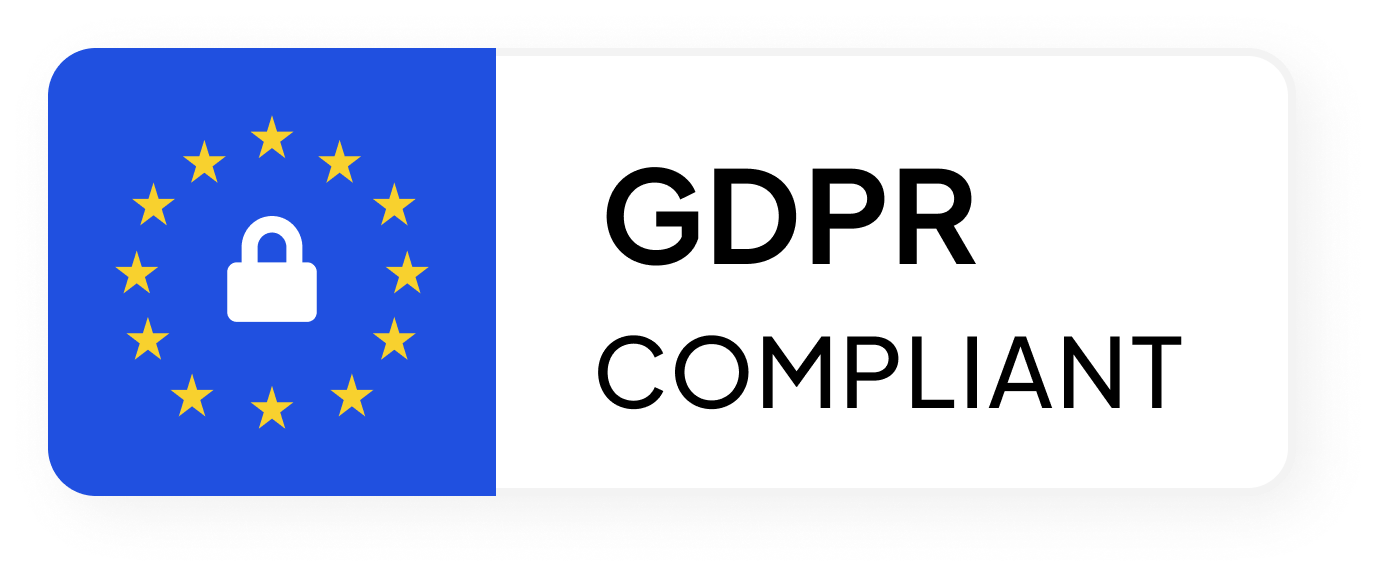Do you know that video is becoming the most engaging type of content? Whether the area is entertainment or business, the video serves as the best means of captivating your audience’s attention. This makes it one of the most potent marketing tools brands can invest in and then gain from.
With tens of thousands of resources available to make video production, one might assume that it is a simple, linear process. However, that is not always the case.
Producing a compelling and useful video takes a lot more effort than one might assume. The process, also known as video production workflow, is quite elaborate and must be executed perfectly to the T to ensure a successful result.
Don’t know what we mean? Well, you need not worry.
This article will simplify the video process workflow and create the perfect video content for your desired purpose. All you have to do is this; keep reading!
Table of Contents
What Is A Video Production Workflow?
Regardless of what it might seem like, video production is not a linear process. It involves the combined effort of multiple team members, compliance with juggling deadlines and budgets. Not only that, but a strict schedule should also be followed to ensure that the final result is not compromised! The amalgamation of all these aspects is what an ideal video process workflow is.
A workflow is essentially a combination of rules, tasks, and data mixed to achieve a particular objective. Regardless of what project you’ve undertaken, a functional workflow is of absolute essence because it introduces your work’s necessary discipline.
With video production, it’s even more significant. It is an effort to integrate a mix of video project documentation, planning, review, and approval. It creates a concrete pathway for video creators to follow and produce high-quality, engaging content bound to drive revenues and profits.
Video Production Workflow – Why Do You Need It?
Without the right workflow in place, the video production process can be unnecessarily complicated. Imagine reviewing and approval without an effective system in place. It would be a nightmare. The truth is that within the video production process, there are numerous elements involved.
These elements vary in nature, and in turn, the whole process static – meaning that it involves regular updates and readjustment of all sorts. And what does that mean for you? It means that if you’re not careful enough, the process can become very messy, very quickly!
As a brand, you probably know the number of reviews a video needs before finalizing. This is where an automated workflow process will assist you. Putting it in place is a significant practice, especially during video post-production, catering to all the reviews and edits and versions.
You cannot expect your team to undertake all that responsibility without a proper process in place. Let’s be real, without the video process workflow; your team will have to keep up with a lot of content creation and versioning – so much that they couldn’t possibly take care of it.
To meet these challenges, you, as a brand, need a systematic, predictable workflow in place to organize resources and moving parts efficiently. It will also enable you to keep projects in line with any relevant pre-requisites. The exact designation of roles within the process will also boost individual accountability and competence.
Therefore, we can convey to you with the utmost confidence that your brand can benefit from a workflow process.
Benefits of a Workflow Process
Alright, let’s put things in perspective. This is a list of the benefits an automated video process workflow will bring to you:
- A clear designation of roles and responsibilities among all members
- Fast review and feedback
- Enhanced organization of all versions and editing
- Clear outlook on project deadlines in between different stages of production
- Focus on multiple video assets
- Improved and more efficient video distribution in multiple formats.
- Improved team collaboration.
- Efficient delegation of resources.
- Eradication of miscommunication.
How To Incorporate Video Production Workflow
Let’s look at this about each stage of the production:
Pre-production
Pre-production is a significant stage of the whole process. It’s a no-brainer: pre-production, where you essentially lay the foundation for your video. The entire performance of your video depends on this stage.
This step of the process involves all the tedious preparatory work required to get your video going. You work on developing your idea – whether it is writing a script or building the team that will execute everything, this step is crucial. The following tips will help you achieve a seamless pre-production stage.
- Create a treatment or creative brief.
- Get the script and storyboard sorted.
- Construct an elaborate plan and schedule to follow.
Production
This is where all the fun stuff happens. The production stage ensures that all the components of your plan coincide and create your ideal video!
This stage includes:
- The shoot
- Set up, lighting, sound, filming, logging shots
- Conducting interviews/auditions
- Arranging voice-over audio and other sounds
At this stage, you may also need different equipment to ensure smooth execution of production:
- Cameras
- Lenses
- Tripods
- Headphones
- Lighting
- Batteries
- Props
- Microphones
- Cables
- Light reflectors
- Memory cards
- Hard drives
In essence, the production level will need a blend of good workflow and management to ensure each element is captured perfectly and reflects the message you want to convey as a brand.
Post-production
Post-production is the hassle that we keep talking about. This is the stage where all the reviewing, editing, and re-editing comes in. Your film and sound is nothing but an unformed resource until it meets an editor! The post-production editing process will include graphics, other visuals, sound mixing, and maybe even a repeat of all these aspects.
So, as you’re finishing your video production, these are the stages you and your team will have to work through.
- Editing.
- Iterative and collaborative review.
- Version comparison.
- Final approval.
- Delivery.
And finally, to ensure these processes, you need the magic wand to make it all happen. That magic wand is GoVisually! Upload your video and make post-production easier for your team! You can receive comments and suggestions for editing from your entire team and make changes accordingly.
Distribution And Promotion
Lastly, you’ll need to create a workflow for distributing and promoting the final cut. This step’s technicalities will vary by your project’s nature, but here are a few tips to keep in mind.
Establish key metrics and a reporting strategy.
It is essential to have a clear and concise outlook that consists of all the necessary metrics. Look back at your initial goals and establish a reporting system based on them. Go ahead; measure your success!
Planning the distribution of content.
This is where your distribution strategy comes into play. Ask yourself questions like, “which channels will be used to promote my content?” and “should I use organic and paid campaigns?“
Format content.
What formats do I need to export videos, and how many different versions/cuts do I need to create?
Once everything else is decided, format the video footage according to the platform, you have chosen.
General Tips to Follow for The Perfect Workflow
To wrap everything, let’s go through a few general tips.
Establish a standard naming convention.
You’ll have multiple versions of the same video. Make sure that they are easy to differentiate between.
Keep your files nice and tidy.
Organization matters! The more organized your work is, the smoother your video process workflow will be.
Shoot for the edit.
This means that you should keep in mind what your video is likely to look like after the edits and focus your shooting on that idea when you’re doing the actual video shooting.
Keep backups!
This is pretty self-explanatory, but you must keep backups. In case anything goes wrong, you should have plan B to work with. This goes not only for the footage itself but also for the rest of the video production aspects.
Stock up on common content.
As a video producer, you should have a vague idea of the type of visuals/sounds utilized in every video. Stock up on those, so you don’t have to search every time you’re about to create a video.




